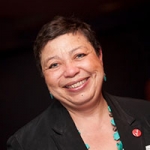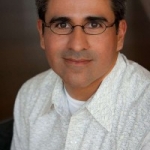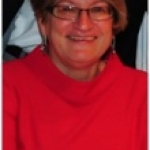
Mr. Robert Lynch
The Arts Don’t Just Heal, They Also Unify and Inspire Action
Posted by Dec 15, 2016

Mr. Robert Lynch
I have been playing a lot of piano lately—my antidote for when I am feeling low, or my energy source for when I am working through challenges. This election season has brought to light challenges in our country, divides that I have always believed the arts can bridge. And so I find myself sitting at the keyboard and playing tunes by artists I admire like Bob Dylan, or trying out some dark Leonard Cohen pieces on guitar, or writing some of my own poetry in order to help me get from one state of mind to another. It also makes me imagine how to better convey the power of the arts during these difficult times as part of the solution for our country, much like my own art does for me.
Read More























